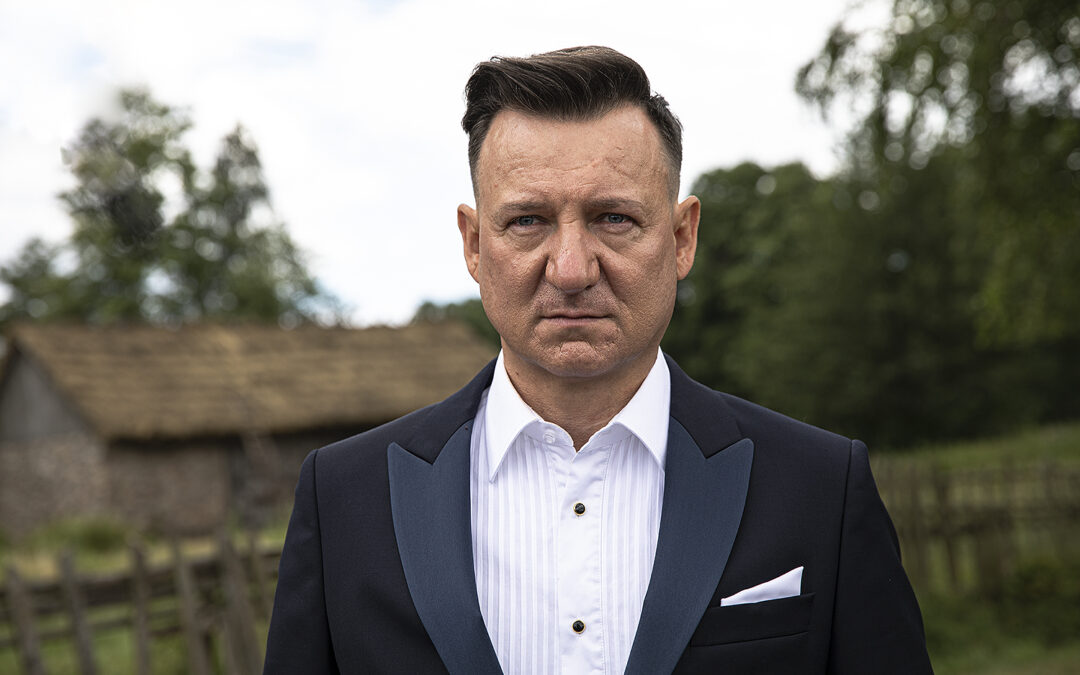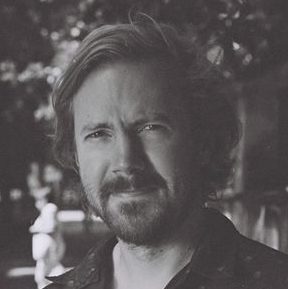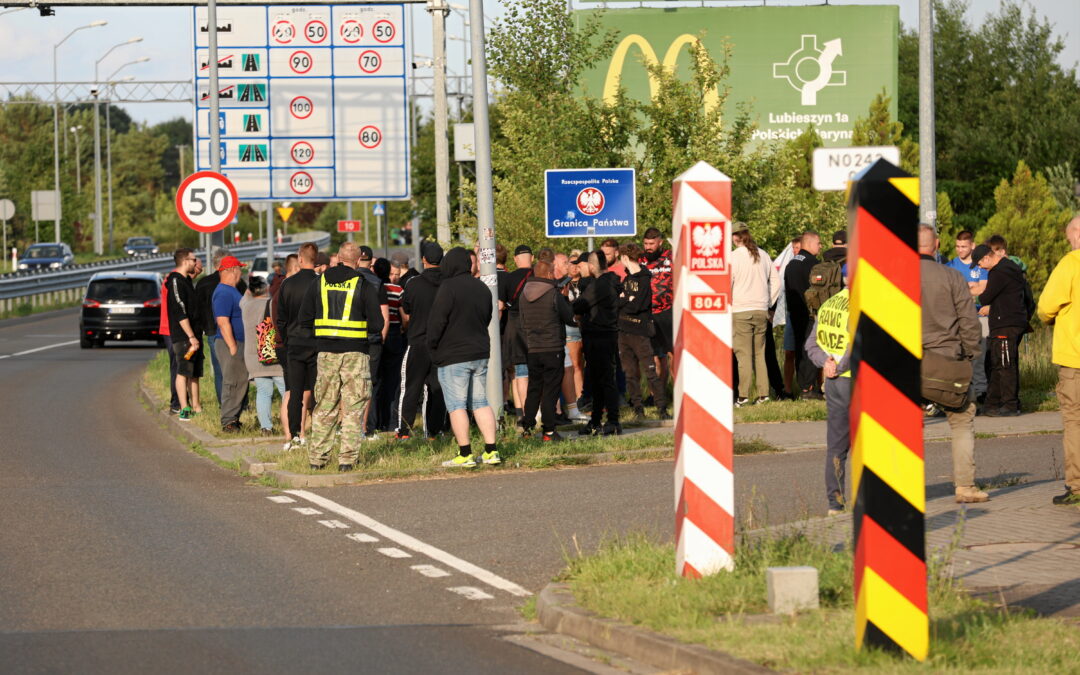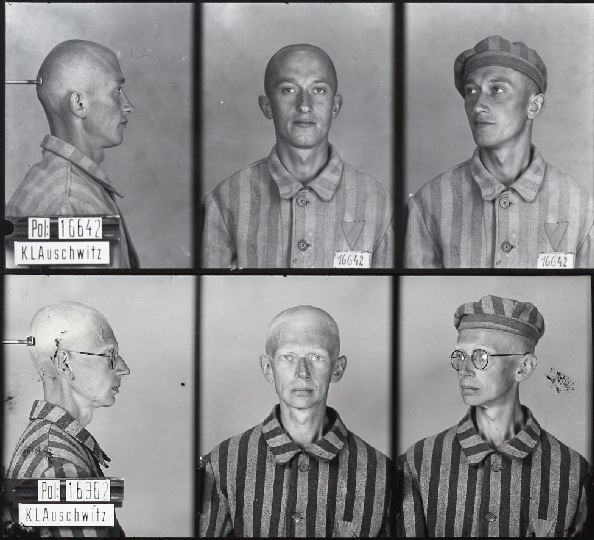By Nicholas Hodge
A new film by one of Poland’s leading directors alludes to the 1941 Jedwabne pogrom, in which Polish villagers killed hundreds of their Jewish neighbours under the watch of the German occupiers. The massacre – which is depicted directly in the film – represents one of the most divisive issues in Polish historical discourse of the last two decades.
The Wedding Day 2 went on general release over the weekend amid claims from the director, Wojciech Smarzowski, that the film could end up being banned in Poland. Speaking with the Polish edition of Newsweek, the director alluded to the fate of two of his previous films: Rose (2011), which featured scenes of mass rape committed by the Red Army, and Volhynia (2016), which depicted a wave of massacres of Polish villagers by Ukrainian partisans in 1944.
“Rose was banned in Russia, Volhynia in Ukraine, and The Wedding Day could be banned in Poland,” he reflected.
5 października premiera „Wesela” Smarzowskiego. Grozi szok większy niż przy „Klerze”. pic.twitter.com/BaR3tz1pUh
— Zbigniew Hołdys (@ZbigniewHoldys) September 22, 2021
While the new film is far from the first to tackle contentious issues from the Polish-Jewish past – or even to focus on Jedwabne itself – it differs from earlier productions in that it actually includes scenes of violence by Poles against Jews onscreen, whereas previous directors chose to explore the consequences. One Polish reviewer concluded that Smarzowski’s scenes depicting the pogrom “will be etched into the history of Polish cinema forever”.
On paper, The Wedding Day 2 sounds like a bizarre concoction. Smarzowski made his name in 2004 with a film that carried the same title (a literal translation of the Polish title Wesele is “wedding reception”). The original film had no Jewish subtext. The movie was a black comedy about a reception that descends into chaos, set at a time when the majority of Polish society was struggling hard to make ends meet during the shaky years of transformation that followed the fall of communism.
The new film, which has an entirely different set of characters, is not a sequel. However, it opens in a similar vein, with the black humour still intact.
Robert Wieckiewicz, an established star in Polish cinema with considerable onscreen presence, plays Rysiek Wilk, a dodgy businessman who runs an abattoir in a small Polish town. His daughter Kasia (Michalina Łabacz) – already heavily pregnant – is about to walk down the aisle with cocksure groom Janek (Przemysław Przestrzelski).
On the surface, the father of the bride appears to be overflowing with cash, and the reception is held in a freshly restored manor house. However, potential German investors are having second thoughts on backing the father’s business, and there is bubbling resentment in town over the fact that the company chooses cheap Ukrainian labour over local staff.
The humour is full of ribald details, and at times, the film has something of the flavour of a live-action 18th-century political caricature, complete with corrupt men of power and vodka-soaked revellers. But Hogarthian parallels are coincidental – the film uses an iconic Polish source as its point of departure.
As with the original 2004 film, the very title is a deliberate nod to one of the most celebrated plays in Polish theatre, Stanisław Wyspiański’s Wesele (The Wedding), a 1901 work that was brought to the screen in 1972 by a key figure in Polish cinema, Andrzej Wajda. Smarzowski’s new film – to a much greater extent than his first Wedding – interacts with that turn-of-the-century drama.
In the original play, the wedding reception is haunted by ominous figures from Poland’s past. Here, Smarzowski repeats this trope. The present-day scenes often have the feel of a feverish dream – even pre-war leader Marshal Piłsudski emerges and offers his thoughts. As the party progresses, the present increasingly mingles with the past.
However, large sections of the film are set firmly in the Second World War. The key link here is the bride’s grandfather, Antoni Wilk, now largely confined to a wheelchair, who, it emerges, had a Jewish sweetheart in the months leading up to the war.
The scenes in the past, which depict the grandfather’s wartime experiences, are chiefly rendered in a naturalistic manner, intercut with brief, haunting sections that resemble black-and-white German wartime newsreels. Needless to say, the loaded black humour of the contemporary scenes has been filtered out. On a purely artistic level, cinematographer Piotr Sobociński – whose grandfather Witold shot the legendary Wajda film The Wedding – has more than ably handled the formidable task of mixing hallucinatory, sometimes ethereal imagery with visceral scenes of horrendous suffering.
A number of recent Polish films have tackled difficult issues in Polish-Jewish history, notably Jan Kidawa-Błonski’s Little Rose (2010), Agnieszka Holland’s In Darkness (2011) Władysław Pasikowski’s Aftermath (2012), Paweł Pawlikowski Ida (2013), Borys Lankosz’s A Grain of Truth (2015), and Marcin Wrona’s Demon (2015).
But, as noted, The Wedding Day goes beyond any previous Polish features in providing an unflinching portrayal of a pogrom – a pogrom in which Poles are cast as perpetrators, acting with German approval. Jews are bludgeoned with cudgels then herded into a barn, which is then torched.
Such issues remain raw in Poland, with recent decades seeing national debate over wartime history develop in a way that was impossible under the previous period of communist rule.
Smarzowski’s film echoes research that has been carried out since 1989. A book published in 2000 focused on a hitherto little-known crime that took place in 1941 in the Nazi-occupied town of Jedwabne. Neighbours, by Jan Gross, argued that ethnic Poles had carried out a pogrom, and his work sparked a national debate.
Although a state-sponsored inquiry later suggested that the number of those killed in the pogrom was considerably smaller than Gross’s figure of 1,600, it accepted his main thesis, concluding that Poles “played a decisive role” in the crime, though it ascribed broader responsibility to the German occupiers.
The debate was painful. Unlike many German-occupied countries, Poland did not produce a collaborationist government, and many Poles took pride in the nation’s wartime underground state, which included a branch that was specifically devoted to aiding Jews.
The concept that some Poles carried out pogroms during the war has its detractors to this day. In some circles, any artistic or academic association with Jan Gross is taken as reason for a work to be discounted. Many Poles enthusiastically greeted Jack Fairweather’s recent book about Witold Pilecki, the extraordinary Polish officer who volunteered to get himself sent to Auschwitz in order to expose German crimes.
To mark the 120th anniversary of the birth of Witold Pilecki – the Polish underground officer who deliberately had himself imprisoned at Auschwitz – @onetpl has created a multimedia page about him in collaboration with @AuschwitzMuseum and @InstPileckiego: https://t.co/f37uzJ0DdH pic.twitter.com/s2eKltH4Y8
— Notes from Poland 🇵🇱 (@notesfrompoland) May 13, 2021
However, some readers were not happy that Fairweather broached aspects of pre-war Polish antisemitism in the book, and the fact that the author mentioned Gross in his bibliography was treated as tantamount to compromising the whole work.
Smarzowski has faced similar reactions. In an interview with a left-wing national daily, he mentioned that his “eyes had been opened” by Gross’s book, which duly prompted a conservative news portal to lead with a headline that this admission “explained everything”.
The film is also making waves as the director has offered blunt comparisons with contemporary Poland. During Kasia’s wedding, the priest uses the pulpit to warn against a “rainbow plague” that is threatening Poland.
These words come straight from the mouth of one of Poland’s most high-ranking church figures, and similar sentiments have been expressed by Poland’s ruling party. Smarzowski intercuts this scene with a pre-war Polish priest uttering antisemitic rhetoric. Naturally, such details are unlikely to be warmly received in ecclesiastical circles.
The film is of course not the ideal starting point for a general portrait of Poland during World War II. Nevertheless, in the last 15 years, Polish film directors have demonstrated that there is room for both works about celebrated figures in Poland’s wartime past (General Nil, The Resistance Fighter) and more awkward aspects of the period.
A controversial law was passed in Poland in 2018, creating grounds for prosecution if blame is falsely laid on the Polish nation or state for crimes committed by Nazi Germany. This sparked concerns as to how such a concept might be interpreted. Although artists were initially made exempt from the law, the bill was later amended, dropping all exemptions, but stipulating that cases could no longer be taken to criminal courts, but rather civil ones.
In fact, The Wedding Day did ultimately receive a portion of its funding from the official Polish Film Institute. Smarzowski’s film will not be to everyone’s tastes, but the fact that Poland has directors with wildly different styles, who are keen to explore difficult issues and take bold risks in mixing genres, is surely a positive sign for the industry.
Image credit: Kino Swiat/Marcin Szpak





















